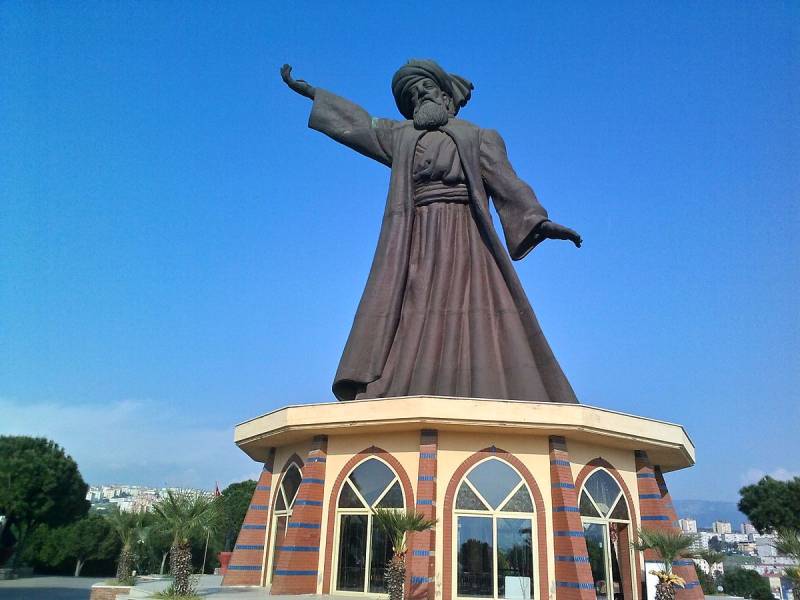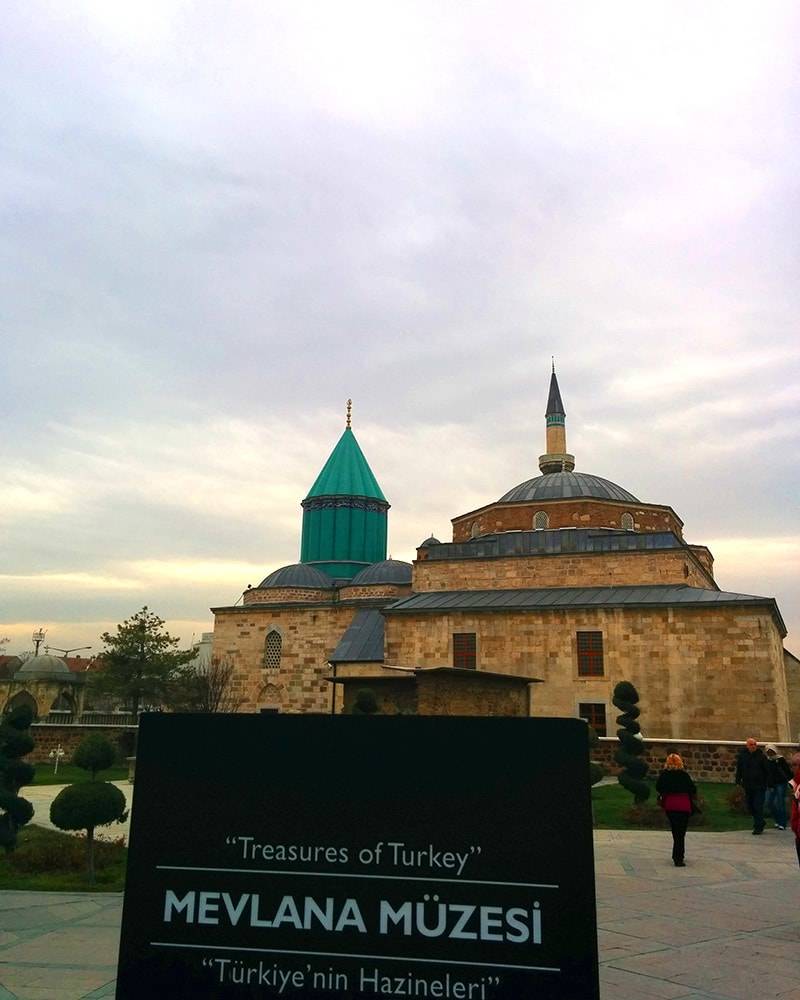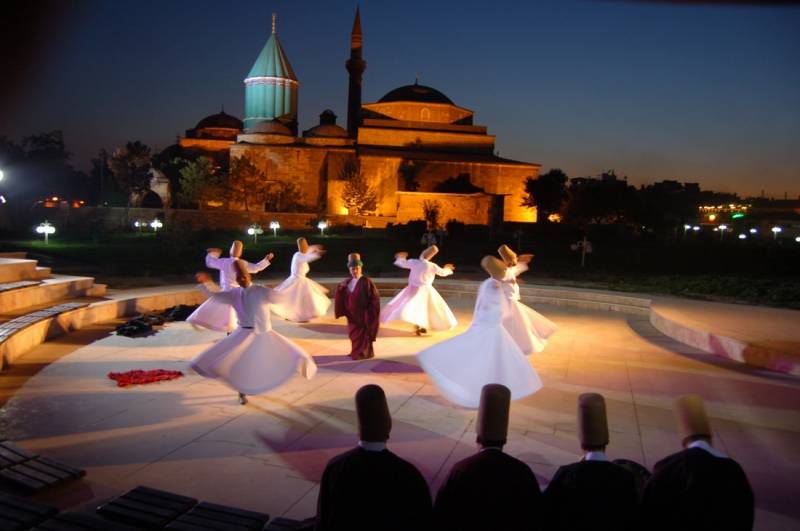By Arooj Fatima
Jalāl ad-Dīn Muhammad Rūmī , also known as Jalāl ad-Dīn Muhammad Balkhī (1207-1273) was a 13th century Persian poet born in Balkh (Afganistan) and lived his most of his life in Konya (Turkey).Rumi was a very well known poet, jurist, Muslim scholar, theologian and sufi mystic. His work was widely translated in many languages and he is known as the finest poet of all time and among the greatest in sufi tradition. Rumi is known to Turks as Mevlana (the Sainted One). He was a mystic saint that love and respects all religions.
Rumi's major work is the MaṭnawīyeMa'nawī ,Dīwān-e Kabīr (Great Work) or Dīwān-e Shams-e Tabrīzī (The Works of Shams of Tabriz), named in honour of Rumi's master Shams.
Sufism is a way of life in which deeper identity is discovered and lived. This deeper identity, or essential Self, is beyond the already known personality and is in harmony with everything that exists. Shams of tabrizi were the one who helped Rumi to discover his true being.Shams of Tabriz were actually the spiritual mentor and friend of Rumi and the one who introduce the concept of whirling dances and musical practices. After the loss of his dervish friend Shams-i Tabriz, Rumi was deeply saddened and at that time he penned down “Masanvi.”
Rumi is one of the most read poets in the world. Tomb of Rumi is situated in Konya and today, Rumi’s tomb is Turkey’s second most visited tourist attraction after the Topkapi Palace in Istanbul.So many years have passed and still people remember him. In Turkey September 27 is still known as Seb-i Arus or wedding night and at that day people remember and recognizes Rumi’s belief that when a Sufi dies they are reunited with God. Seb-i Arus is the culmination of an annual week-long celebration of Rumi’s life and work that attracts one million people to the city of Konya, where he is buried.On that day every year tens of thousands of pilgrims come.During Seb-i Arus the dervishes reenact Rumi’s whirling in a spectacular 90-minute ceremony called Sema, which is rich in symbolism.
The dervishes wear tall felt hats, or sikk, which represent tombstones and the death of the ego. Some describe the feeling of witnessing a Sema as “having wings and flying off the ground with the rhythm and sounds.”
Little wonder that UNESCO has included the MevleviSema Ceremony in the Masterpieces of the Oral and Intangible Heritage of Humanity. A booklet given to the attendees by the organizers explained that the whirling of the dervishes is the turning of a human being towards truth, elevating his mind with love, and abandoning his ego. In fact, the long hat worn by the dervish represents the tombstone of his ego.
Published in Young Nation Magazine on October 14, 2017








